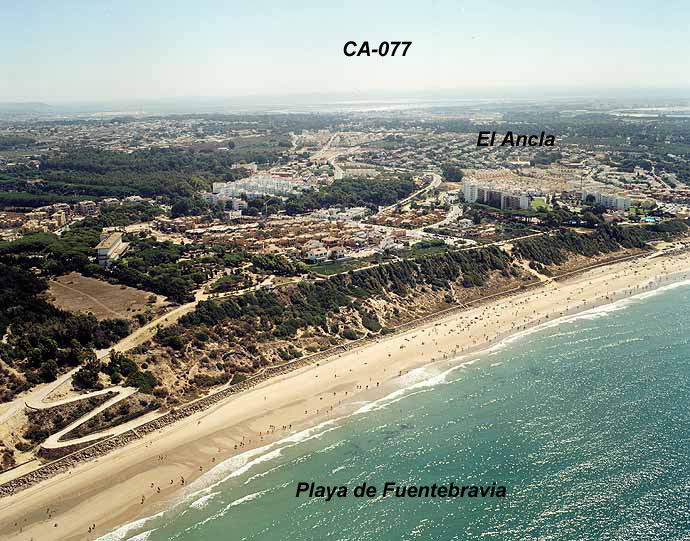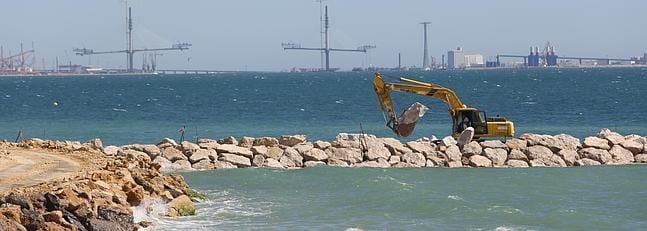The magnitude of the environmental impact that entails the scarcity and lack of sand becomes comprehensible through a numerical study. This valuable resource is considered to be the second most nonrenewable resource consumed on Earth, only behind the essential resource of water. The value and applications of this resource is unquestionable when compared to that of oil for example, as the ratio of volume consumed of sand-to-oil is 5 to 1. The uses and applications that this resource possesses is broad, being used in many fabrication processes of everyday products such as detergents, cosmetics, glass, paper… For this reason it is safe to consider sand as a crucial resource in our lives.
From an environmental perspective, the sand is described as a key component in coastal processes. The collection of sand that makes up a beach has 3 specific functions: it acts as a protective barrier between the sea and land, it serves as a home to an extensive number of species of wild fauna and flora and last but not least, it has a recreational function, acting as a leisure zone for humans. From these three functions, the first two can be classified as inherent to our planet, as the presence or absence of the human species doesn’t have an impact on either two. However the third function, which is quite recent and has only acted as such for less than a century, is strictly specific to the human being.
However it’s in this third use of beaches where the problem emerges, a problem which undoubtedly must be resolved in order to achieve a sustainable environment and the preservation of its habitats. The problem relies in the fact that in today’s society beaches are more valued and promoted for their touristic value rather than for the environmental diversity they are home to. This is deemed more important for the short term economic benefits it provides, in detriment of the preservation of habitats of great environmental value. Personally I believe this is an atrocious strategy, as it leaves governments and its societies skating on thin ice because on the long run the consequences, both economically and environmentally, have a larger negative impact.
Inside the field of work of ecology and environment, we find many examples of good practices provided by civil engineers. For all that, unfortunately it is also common to find a diversity of lousy practices. An example of a low standard use of sand can be observed in Fuentebravía, a beach located in Puerto de Santa María (Cádiz, Spain) situated next to Navy Base of Rota. During many years, sand imports served as a temporally solution for the increasing loss of sand volume. The cause behind this sediment imbalance was the construction of a port in Rota, as well as the naval base previously mentioned. The total annual sand loss was estimated at 65000m3/year and the consequences of this loss are visible to the naked eye. We can perceive a loss of up to 4 meters in height as well as a continuously receding coastline. Additionally, the University of Cantabria identified other potential causes such as the impending urban stress that prevents the formation of dunes that would act as natural barrier that protects the beach.

As a result of the inefficiency of the solutions provided, the approach was changed towards another alternative suggested by Ministerio de Medio Ambiente, Rural y Marino (MMARM). This solution consists in the construction of a partially submerged breakwater, with variable crest height, of 255 meters of length in Punta Bermeja. After the construction of this breakwater, it would be required to supply 106000 m3 of sand once, without the need of repeating this in the future. A group of ecologists, Ecologists en Accion, also suggested acting upon the elements that caused this problem initially, specifically advising to modify the breakwater located at the naval base in Rota, as well proposing the partial or total demolition of other nearby buildings, parkings and other constructions located on the coastline. However this proposition wasn’t contemplated by Ministerio de Medio Ambiente, Rural y Marino (MMARM), even though it was demonstrated that it would have put a stop to the sand erosion problem.

Juan Manuel Cano López
Universidad Politécnica de Madrid
